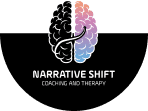Learning Your Way: A Neurodivergent Student’s Guide to Academic Success
The Narrative:
Traditional education systems are often designed with a one-size-fits-all approach that doesn’t account for diverse learning styles. Students who process information differently may find themselves struggling not because they lack ability, but because conventional study methods don’t align with how their brains naturally work. This mismatch can lead to frustration, self-doubt, and a belief that academic success is beyond reach.
The Shift:
Think of learning as a journey where everyone travels at their own pace and in their own unique way. Just as some people navigate using landmarks while others prefer maps, neurodivergent students often process and retain information differently from their peers. Understanding these differences is the first step toward transforming academic challenges into opportunities for growth and success.
Understanding How Your Brain Learns
Before diving into specific strategies, let’s explore how the neurodivergent brain approaches learning. Imagine your brain as a sophisticated computer with its own unique operating system. While traditional study methods might be designed for one type of operating system, your brain might process information in entirely different ways.
The Executive Function Framework
Executive function skills work like your brain’s control center, managing various aspects of learning:
Think of attention as a spotlight:
In neurotypical brains, this spotlight might move smoothly from one subject to another. In neurodivergent brains, the spotlight might be more intense but less easily directed, leading to periods of hyperfocus or difficulty maintaining attention on less engaging subjects.
Organization operates like your brain’s filing system:
While some brains naturally create categorical folders, neurodivergent brains might store information in unique patterns based on associations, interests, or emotional connections.
Time management functions like an internal clock:
Neurodivergent individuals often experience “time blindness,” where the perception of time passing differs from standard measurements.
Building Your Personal Learning System
Phase 1: Creating Your Ideal Learning Environment
Just as a chef needs a well-organized kitchen to create their best dishes, students need an environment that supports their learning style. Let’s design your optimal study space:
Physical Setup:
-
-
- Choose a location with the right level of sensory input
- Arrange materials within easy reach but out of the direct line of sight
- Include fidget tools or comfort items that aid concentration
- Consider lighting, temperature, and sound levels that work best for you
-
Environmental Adjustments:
-
-
- Experiment with background noise versus silence
- Test different seating arrangements (desk, floor, standing)
- Try various lighting options (natural, warm, cool)
- Incorporate movement opportunities
-
Phase 2: Developing Your Study Strategy
Think of studying as building a house. You need a strong foundation, reliable tools, and a clear blueprint for success.
Time Management Techniques:
The Body Clock Method:
-
-
- Track your natural energy patterns for a week
- Identify your peak focus periods
- Schedule challenging subjects during these times
- Use lower energy periods for review or lighter work
-
The Pomodoro Technique Reimagined:
-
-
- Try 15-minute sprints for challenging subjects
- Extend to 40 minutes during peak focus times
- Include movement breaks between sessions
- Use visual timers to make time passage concrete
-
Phase 3: Information Processing Strategies
Different subjects require different approaches. Let’s explore methods tailored to various types of learning:
For Reading Comprehension:
-
-
- Create mind movies of the content
- Draw connections to your interests
- Use color coding for different types of information
- Record yourself summarizing key points
-
For Mathematical Concepts:
-
-
- Visualize problems using drawings or diagrams
- Connect abstract concepts to real-world examples
- Break complex problems into smaller steps
- Use manipulation tools or physical objects
-
For Writing Assignments:
-
-
- Start with voice recording your ideas
- Use mind mapping for organization
- Break writing into specific, timed tasks
- Incorporate movement breaks between sections
-
Phase 4: Memory and Recall Enhancement
The Connection Method:
-
-
- Link new information to existing interests
- Create memorable stories or analogies
- Use visual associations
- Incorporate movement or gestures
-
The Replay Technique:
-
-
- Review material in different locations
- Teach concepts to others (or pretend to)
- Create songs or rhymes about key points
- Draw simple sketches to represent ideas
-
Practical Application Examples
History Essay Example
Traditional Approach: Read textbook → Take notes → Write essay
Neurodivergent-Friendly Approach:
-
- Create a visual timeline with pictures
- Record verbal brainstorming while walking
- Use color-coded sticky notes for different themes
- Write in focused 20-minute blocks with movement breaks
- Review work during peak energy times
Math Problem Sets
Traditional Approach: Complete all problems in order
Neurodivergent-Friendly Approach:
- Sort problems by type using color coding
- Start with most interesting problem type
- Use physical objects for concept visualization
- Take breaks after every 3-4 problems
- Create visual step-by-step guides for each problem type
Success Stories and Strategy Applications
Emma’s Reading Revolution
- Listening to audiobooks while following the text
- Creating character maps with drawings
- Acting out scenes with simple movements
- Recording chapter summaries like podcast episodes
Result: Her reading comprehension improved dramatically, and she began enjoying literature for the first time.
Marcus’s Math Transformation
- Created visual flowcharts for problem-solving steps
- Used different colors for different operations
- Incorporated physical movements for mathematical concepts
- Built in regular “brain breaks” during practice sessions
Result: His math anxiety decreased, and his test scores improved significantly.
Remember:
Academic success isn’t about forcing your brain to work like everyone else’s. It’s about discovering and embracing your unique learning style. With the right strategies and support, neurodivergent students can thrive in their academic journey and beyond.




